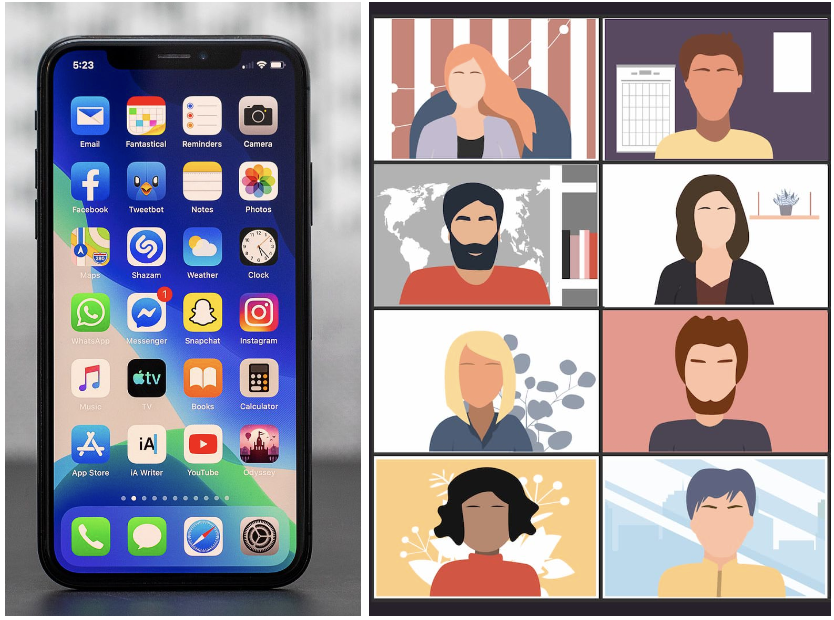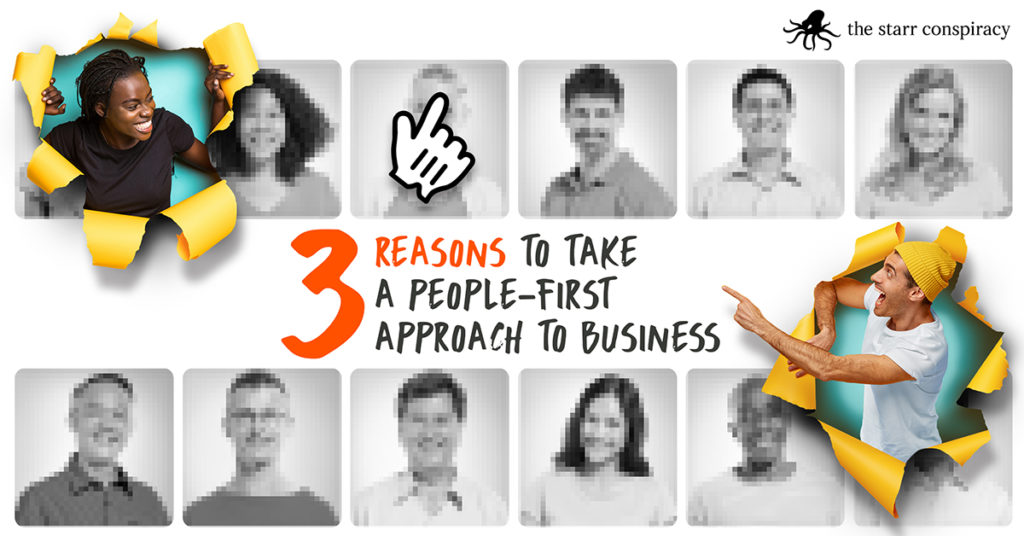I’m sure we all have a similar stereotype of a dysfunctional boss in our imaginations. We probably see them barking orders, not listening to others, and being generally unpleasant.
Hopefully, this stereotype is an exaggeration and not part of your daily life. But the spirit of it is relevant to the world of work: Sometimes, people fail to treat their colleagues with the respect and kindness we all deserve. And that failure isn’t limited to personal interactions but through workplace policies and norms. The good news is organizations have the power to put people first through a variety of strategies.
Putting people first in your organization isn’t just good for everyone’s personal well-being; it’s good for business. Here are some strategies you can use to take a people-first approach to business.
1. Remember, We’re People, Not Apps
A people-first approach to business starts with interactions between people. Even though fewer people are working from home than at the height of the pandemic, many still work away from the office at least some of the time. That means many of our personal interactions are conducted over video. And as we know, it’s easier to treat people poorly when our interactions are mediated by a screen.
When much of our interactions with colleagues are conducted through screens, it’s easy to treat people like apps instead of people. Think about it. A Zoom screen full of avatars looks a lot like a screen full of apps on a smartphone. Is it any wonder that it’s easy to forget we’re working with people? When you’re in a videoconference, it can feel like each avatar represents a tool that exists to take on a task that you need completed. When that person isn’t able to take action immediately, or doesn’t perform in just the way you’d hoped, it can be easy to judge them harshly. Research supports this. Just as online bullying has become a crisis for people using social media, widespread remote work has resulted in an increase in workplace harassment.

So much of the workplace experience is centered around personal interactions. For that reason, the way we treat each other is the foundation for a people-first approach to business. But it doesn’t end with Zoom conversations. When we write an email asking for a certain document or ask a colleague to take on some task during a meeting, we’re not just accessing a computer program or an app. We’re asking for a person to address our needs and respond. And each individual has needs and concerns to take into account. To put people first, take a deep breath and repeat after me: We’re people, not apps.
2. Put in the Work to Create a Positive Employee Experience
When employees are engaged, they’re more productive and easier to retain. That’s a simple, but important, thing for businesses to understand because turnover is the most significant avoidable expense for many organizations.
But how do you make sure your people are engaged in their work? One major factor that’s within your control is employee experience. When employees have a positive experience, they’re more likely to be engaged, and your organization is more likely to have a good culture.
The Employee Experience Index, a global study by the IBM Smarter Workforce Institute and Workhuman, reports that when organizations create a positive employee experience, employees:
- Experience a greater sense of belonging in the organization
- Feel their work has purpose
- Experience a sense of accomplishment in the work they do
- Are happier to be involved in their work
- Have more vigor (energy, enthusiasm, and excitement) at work
3. Your Organization’s Policies Need to Put People First Too
One thing you’ve probably learned as someone working in the 21st century is that there will always be more work. For this reason, it may not come as a surprise to learn that employees in the U.S. are the most overworked in the world.
People’s relationship with work — or overwork — is a serious problem, with researchers finding that it’s literally killing people. Not only that, it costs businesses and the healthcare system billions of dollars each year. For these reasons, it’s critical for organizations to recognize that they have the power and responsibility to take action toward preventing burnout by taking a people-first approach to business.
Provide adequate leave time
Organizations need to take charge and provide adequate leave to employees. Whether it’s vacation time, sick time, parental leave, or something else, people need enough time to recharge in order to be effective on the job. American employers famously lag behind many other nations in the amount of paid time off they provide (or, in some cases, are required to provide by the government). Given the dangers of overwork, it’s time for this to change.
Set healthy boundaries and stick to them
Individuals can also contribute to their own well-being by setting healthy boundaries and sticking to them. In other words, when your capacity is full, it’s full. When time off is scheduled, you’re not available.
We’ve learned more about well-being in recent years — most notably that most American workers experience a lot of stress, and that their health suffers as a result. To take a people-first approach to business, you must recognize the well-being gap and address it.
When organizations make it easier for employees to unplug, they make it easier for people to achieve holistic health. And when individuals plan ahead for their time off, they’re able to relax when they’re away from work instead of worrying about projects that are ongoing while they’re away.
By putting in the work and making a commitment to well-being, people can feel empowered to set healthy boundaries and stick to them.
Make People Your Priority
With remote and hybrid work, it’s easy to treat people poorly in personal interactions and through organizational policies. But even if your organization works fully face to face, there’s a lot you can do to ensure you’re taking a people-first approach. When you treat employees like people instead of apps, work toward a positive employee experience, and put policies in place that encourage personal well-being, you’ll find your people are happier and your business is healthier.


